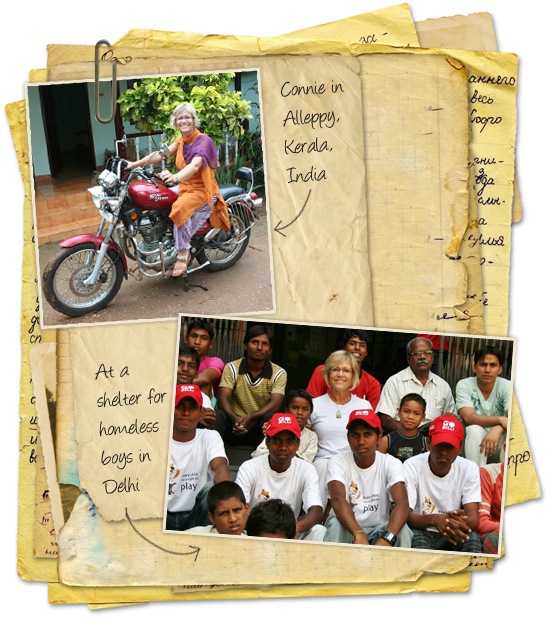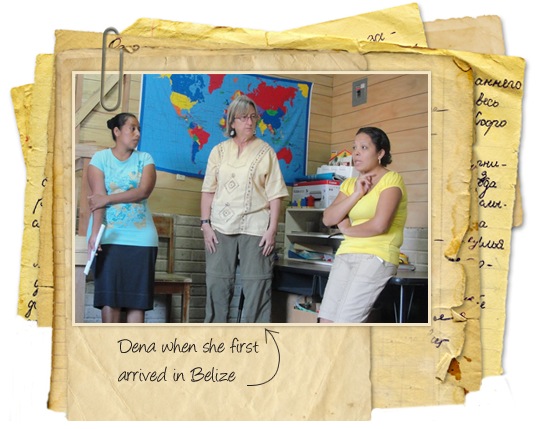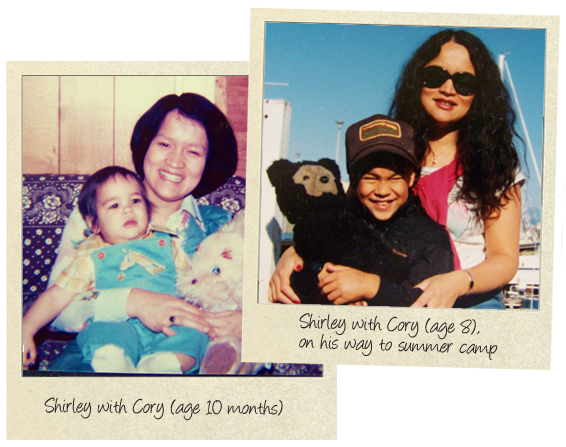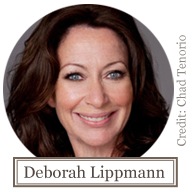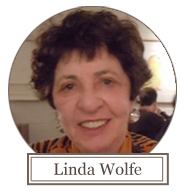{Gift Guide} 7 books to wrap up this holiday season
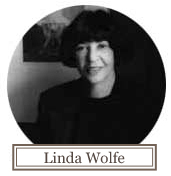 Can’t get a read on what your friends and family want for the holidays? Here’s the ultimate list of books to GIVE this holiday season brought to you by FOF book critic Linda Wolfe, the award-winning author of 10 books and a 12-year veteran of the National Book Critics Circle.
Can’t get a read on what your friends and family want for the holidays? Here’s the ultimate list of books to GIVE this holiday season brought to you by FOF book critic Linda Wolfe, the award-winning author of 10 books and a 12-year veteran of the National Book Critics Circle.
Then comment below for a chance to RECEIVE one of Linda’s top picks–“Then Again,” Diane Keaton’s new memoir. (Three FOFs will win.)
—
FOR CELEBRITY MEMOIR BUFFS:
“Then Again” by Diane Keaton. Random House. 291 pages
Keaton’s memoir, “Then Again,” is not just her story, it’s her mother’s as well. Dorothy Keaton Hall, who died at the age of eighty-six, left behind her eighty-five journals and scrapbooks that Keaton never bothered to read while her mother was alive. But in 2008, after her mother’s death, she began ploughing through them, in the process discovering things about her mother she never knew – among them her mother’s thwarted ambitions and her early fear of memory loss.
Keaton uses Dorothy’s diaries as a scaffolding from which to explore and recount her own life: her girlhood insecurities and her adult strengths, her stunning career, her love affairs with Woody Allen, Al Pacino and Warren Beatty, and her late-in-life realization that despite the persona she’d cultivated as a woman who, like Garbo, preferred being alone, her life felt empty without children. At the age of 50, she adopted two of them, and became as engaged a mother as her own had been.
The book is a bit scattered – as one might expect a book of Keaton’s to be – with hasty entries and more thoughtful ones, reflections that are to the point, and others that are vague and puzzling. It’s really rather like a scrapbook itself, a collection of observations, reflections, and images, rather than a straightforward memoir. But it’s charming, just like its author. We learn that this famous beauty was so critical of her body that she became bulimic, stuffing herself with favorite foods only to void them right after consumption. It’s also poignant. We learn how sad it makes Keaton feel to consider the difference between her own life and that of her mother: starting in her fifties, after her children grew up and left her with an empty nest, Dorothy endured years of loneliness, whereas Keaton in her fifties has been able to come “out of isolation into a kind of family-of-man scenario, complete with an extended family, new friends and much needed ordinary activities.”
The book is an homage to her mother, a tribute to her own children, and an affirmation of woman’s ability to keep growing throughout life.
—
“Bossypants” by Tina Fey. Little Brown, 277 pp.
Tina Fey, creator and star of TV’s “30 Rock” and former head writer and occasional star on “Saturday Night Live,” has written not a memoir, exactly, but a collection of chronological essays about important periods of her life – including the one where she gets her first period. Her mother gives her a starter’s kit: some sanitary napkins, panty liners, and two pamphlets, one for a girl to read, the other for her mother to read and discuss with her. That 10-year-old Fey’s mother hasn’t bothered to read her pamphlet but just turned it over to her daughter isn’t half the fun here; what’s funnier is that Fey remains totally unprepared for her first bleed, and doesn’t even recognize what is happening to her when her underthings turn red. “I knew from commercials that one’s menstrual period was a blue liquid you poured like laundry detergent onto maxi pads to test their absorbency,” she writes. This wasn’t blue, so…I ignored it for a few hours.”
If you don’t find this funny, you’d best stop reading. Period. (Pun intended.)
The book contains Nora Ephron-like tips for women entering the male-controlled work world: “No pigtails. No tube tops.” And “You’re not in competition with other women; you’re in competition with everyone.” Of interviewing for a job on “Saturday Night Live,” Fey writes, “Only in comedy does an obedient white girl from the suburbs count as diversity.” Of going to college at the University of Virginia, “I spent four years attempting to charm the uninterested.” Of turning forty, “I need to take my pants off as soon as I get home. I didn’t used to have to do that. But now I do.” Of doing a photo shoot, “The makeup artist will work methodically on your eyelids with a series of tickly little brushes for a hundred minutes,” and “at really fancy shoots, a celebrity fecalist will study your bowel movements and adjust your humours.”
If you don’t love Fey, I’d say you don’t have a sense of humor, let alone good bodily semifluids.
FOR FICTION LOVERS:
“The Marriage Plot” by Jeffrey Eugenides. FSG, 406 pp.
Like a Jane Austen novel written for our own times, the plot of Eugenides’ engaging new book, “The Marriage Plot,” concerns a young woman, her suitors, and her quest for a lifelong partner. But our world is a far more confusing one than the marriage-means-happy-ending society inhabited by Emma and Elizabeth and Austen’s other heroines. Finding one’s way in it is far from simple, and Eugenides’ heroine, Madeleine, as well as her two suitors, Leonard and Mitchell, are having a hard time when the book begins and the three of them, students at Brown in 1982, are about to graduate.
Madeleine, a literature student who’s pretty, rich, and sexually-inquisitive, is desperately in love with Leonard, a brilliant but bipolar science student who initiates her into physical intimacy but can’t quite commit to their relationship. And Mitchell, fascinated by religion and philosophy, is in love with Madeleine, who couldn’t care less.
After they graduate, Madeleine, unsure of what kind of career to pursue, flounders. Leonard learns that brilliance isn’t enough, and Mitchell, searching for life’s deeper meanings by working with Mother Teresa in India, loses his youthful idealism. I won’t tell you who Madeleine ends up with, but, without giving away too much, I want to say that despite having known a few manic-depressives and read a great deal about that illness, the way Eugenides shows us the awful progression of the disease beats any rendition I’ve ever read in fiction. Equally special is his satirical take on the absurd literary theories in vogue in the eighties.
Witty and moving, this book about love, sex, and coming of age, gets being young in the eighties altogether right. And I suspect it’s pretty accurate about the pleasures and problems of being young in any decade.
—
“State of Wonder” by Ann Patchett. Harper/HarperCollins. 353 pages.
I reviewed this book at length earlier this year, so I’ll be brief and just say here that if I had to tell you my choice for the “Number One Best Book of 2011,” it’d be “Age of Wonder.” With more than a touch of Joseph Conrad’s “Heart of Darkness,” this book is a stirring evocation of a primitive world, a mystery tale, and a deft exploration of the character of two brilliant women. In the depths of the Amazon, the heroine, self-effacing Dr. Marina Singh, must discover the secrets that the imposing Dr. Annick Swenson, a one-time mentor of hers, is hiding from the rest of the world. She also must learn how to live and even thrive in barbarous surroundings, and become psychologically strong enough to defy her teacher.
You’ll be with Marina, learning her thoughts as if inside her head and experiencing her alien surroundings with her distinctive eyes and ears, throughout this stunning tale.
—
11/22/63 by Stephen King. Scribner. 849 pp.
I’m not a fan of horror stories, don’t like reading about cars with minds of their own, killer viruses or crazed fans, so I rarely read King. But this book is about horror of a different sort–and it’s terrific. The horror in “11/22/63” is time, an adversary that each of us must do battle with, and which always, whatever our circumstances, defeats us, taking away our abilities, our strengths, and all that we most prize.
A science fiction tale with that hoary old subject, time travel, “11/22/63” recounts the experiences of a Maine schoolteacher, Jake Epping, who goes back into the world of the late nineteen-fifties bent on a mission: to stop Oswald from assassinating John F. Kennedy. King recreates that world with meticulous and delightful detail, from the vibrant preservative-free taste of root beer, to 19.9 cents-a-gallon gasoline, to music you could really dance to. But the past has its drawbacks. “It’s a time,” King points out, “for which a lot of people felt nostalgic. Possibly because they had forgotten how bad the past smelled.”
Not only does the past smell bad, it’s rife with poverty and racial strife. Yet the good-natured Epping begins to prefer the past, with all its unsavoriness, to his actual present. He takes a job as teacher in a small Texas town, gets to know the Oswald family and–this will delight conspiracy theorists–tries to determine if Oswald was the only person responsible for Kennedy’s death. He also falls passionately in love with the school librarian.
King has bigger fish to fry in this work than in most of his other novels. The book has a gripping plot and a likeable hero in pursuit of an ominous killer, but the author is also in pursuit of the answers to the Big Questions: Would today’s world be different if Kennedy had not been killed? Is there any way to slow time’s indifference to human life? Is love the only thing that makes life worth living? And, is loss always our inevitable fate?
FOR HISTORY FANS:
“Catherine the Great: Portrait of a Woman” by Robert K. Massie, Random House, 625 pages
Despite its heft, this doorstopper of a biography goes down as smooth as fine Beluga caviar. It’s the story of Catherine the Great, an obscure German princess who deposed her ineffectual alcoholic husband, Czar Peter III, in 1762, seized the throne of Russia, and ended up ruling that vast turbulent country for more than thirty years.
In Massie’s hands, the start of the story has all the elements of a fairy tale: a child scorned by her mother, plucked from obscurity by a kindly aunt (who just happened to be the daughter of the czar of Russia), decked out by that fairy godmother of a relative in furs and jewels, and married amid wild celebration to the future czar. “An adolescent girl,” Massie tells us, “was launched on a great adventure.”
But of course, Catherine was no fairy tale princess. And her story becomes ever more interesting as she learns to be a ruler, finding her way to gain and hold onto power despite constant threats. A quick study, she had taught herself at an early age was always to appear courteous and humble, to be a good listener, and to mask her considerable brains. But as she matured, her brilliance became evident to all who knew her, evoking respect even from such luminaries as Voltaire and Diderot. “I would say about myself,” she wrote in “A Secret Confession,” a private account of her life and loves, “that I was a true gentleman with a mind more male than female.”
Catherine reformed and reorganized Russia, she encouraged the arts, education and medical care, put down powerful rebellions, survived innumerable political crises and–somewhat ruthlessly–accomplished several land grabs that greatly extended Russia’s territory. But, aside from being an astute monarch, she was above all a woman, endlessly looking for the love she had been denied by her mother and lacked in her marriage–her husband had refused to make love to her during their nine years together. She said she was “Loath to be without love for even a single hour,” took numerous lovers, and wrote to one of them, “If you want to keep me forever, then show me as much friendship as love.”
Massie’s Catherine is not only a political genius, but a flesh-and-blood woman who at times sounds just like one’s BFF.
—
“1493: Uncovering the New World Columbus Created” by Charles C. Mann. Knopf 535 pp.
Charles C. Mann’s best-selling “1491: New Revelations of the Americas Before Columbus” was a sweeping examination of life in the Americas before the arrival of Columbus. His “1493” takes up the story of what followed: the vast spread of plants and peoples that is known as the “Columbian Exchange.” “After 1492,” Mann explains, “the world’s ecosystems collided and mixed as European vessels carried thousands of species to new homes across the oceans. The Columbian Exchange…is why there are tomatoes in Italy, oranges in Florida, chocolates in Swtizerland, and chili peppers in Turkey and Thailand. To ecologists [it] is arguably the most important event since the death of the dinosaurs.”
Indeed, Mann tells us, it has created an altogether new ecological era, the “Homogenocene” or the Age of Homogeneity, the era in which we live, although most of us just call it “Globalization.” Undeniably, we have become One World, where what happens in Greece affects our stock market, what happens in China effects our manufacturing, what happens in Africa affects our hospitals. But the process, so recent-seeming, started ‘way back then, immediately after Columbus’s history-altering discovery.
The Columbian Exchange has vastly benefited mankind, spreading foods that not only delighted, like those tomatoes and oranges, but foods that filled hungry bellies, like wheat and corn. Nevertheless, benefit and detriment are the two faces of the Exchange’s coin. Take the exchange of plants: along with its beneficence it brought pests never before known in the West and mighty difficult to eliminate. Or take the spread of peoples: the European settlers who descended on the ancient native populations destroyed them both actively and inadvertently–inadvertently because they brought with them diseases for which these populations had no resistance. Today, it is Western society that is threatened by diseases for which we have no resistance, viruses transferred from monkeys to man in Africa and then brought–by plane–to new shores.
Mann, an extremely lively writer, gives us fascinating portraits of some of the little known figures responsible for the spread of specific plants, animals, people and germs. And he warns us about the most frightening consequences of the Columbian Exchange–not just the spread of diseases, but climate change and the destruction of ancient species. “On the one hand,” he writes of our Age of Homgeneity, “people want the wash of goods and services that the worldwide market provides.” But on the other hand, “Things feel changed and scary.”
You can say that again!
—
Enter to win Then Again, Diane Keaton’s new memoir by leaving a comment below.
Three FOFs will win.
(See all our past winners, here.)
(See official rules, here.)
Contest closes December 15, 2011 at midnight E.S.T.


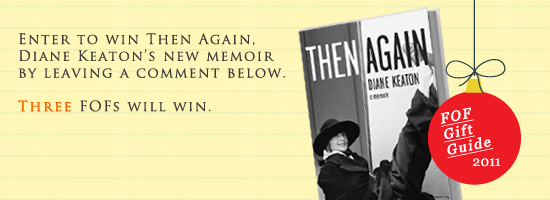
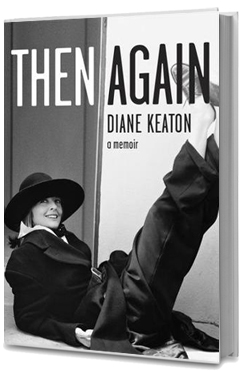
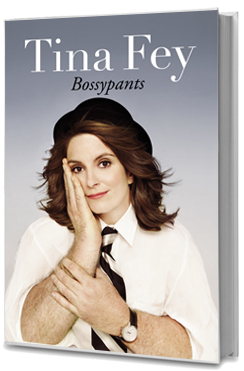


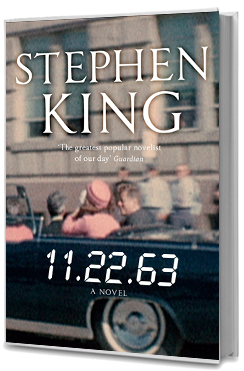
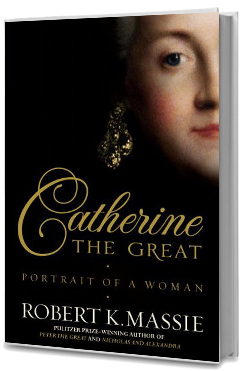

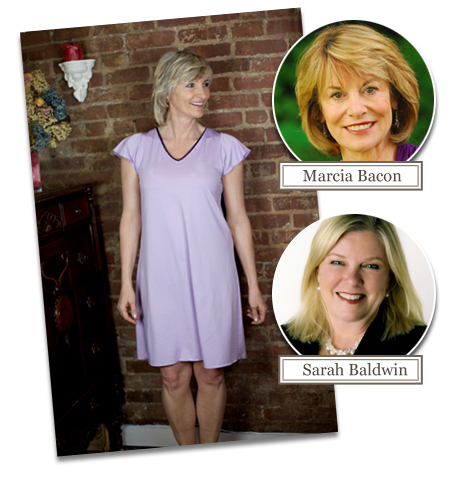
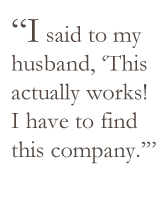 Exactly 19 days later she was on a plane to Hunstville, Alabama, to meet the inventor of
Exactly 19 days later she was on a plane to Hunstville, Alabama, to meet the inventor of 
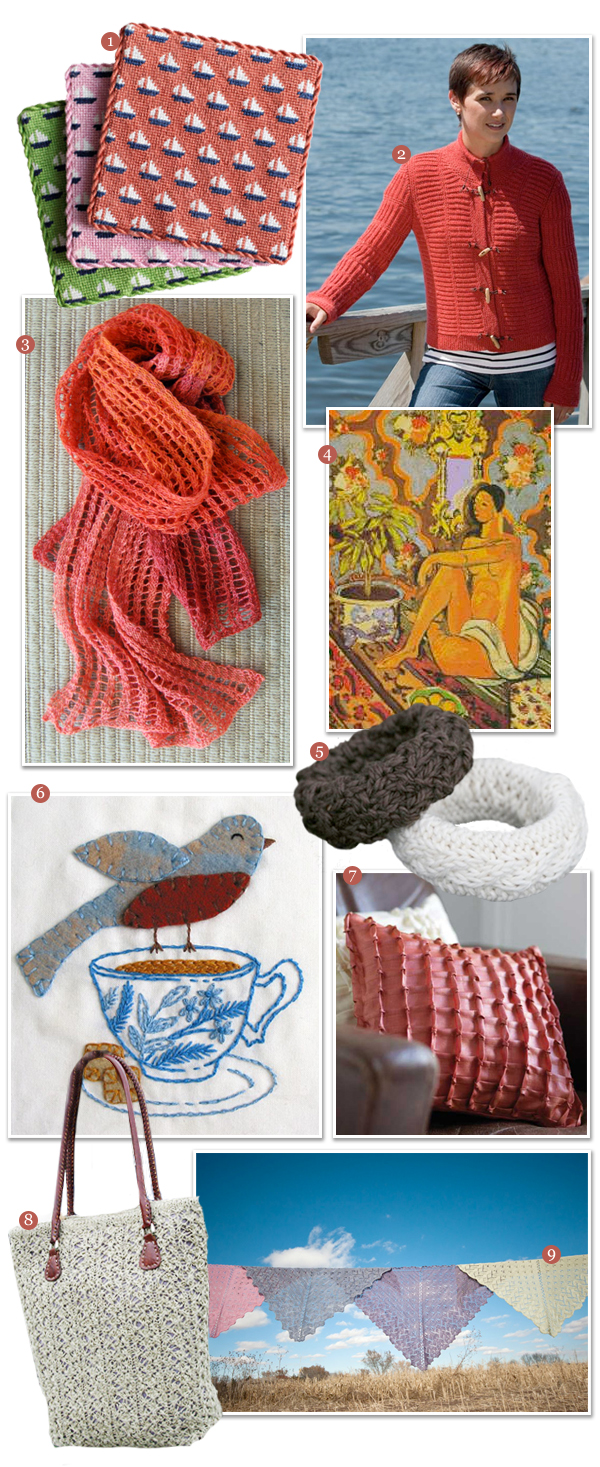

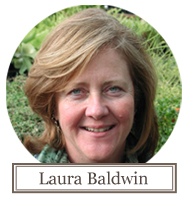 Twenty years ago,
Twenty years ago, 